Global Cosmetic Industry: Ugly Face of Beauty
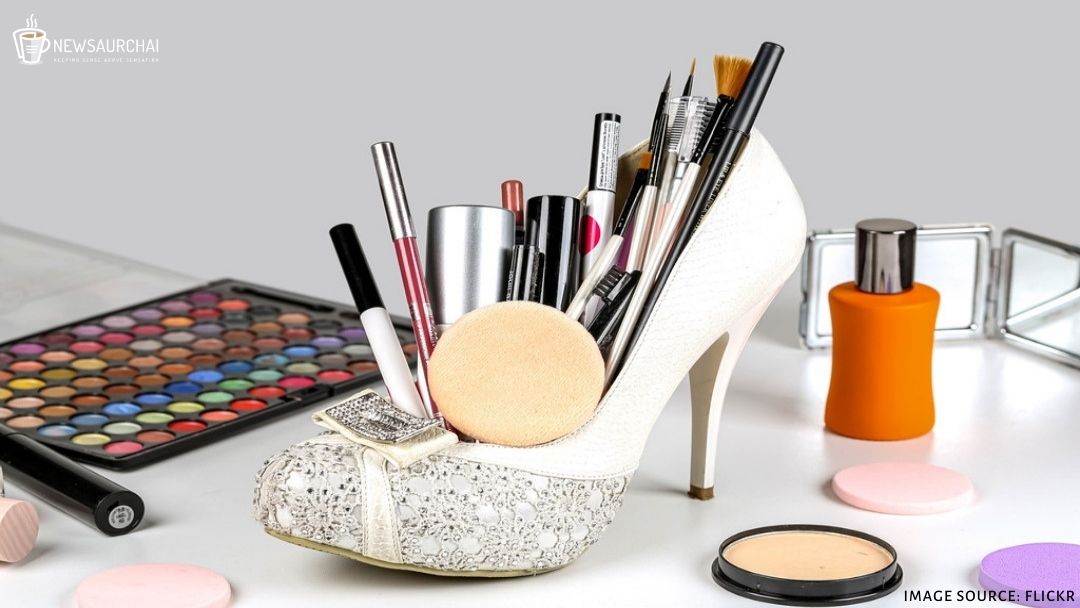
The global cosmetic industry is a multi-billion dollar sector, valued approximately at 523 billion dollars, and is expected to reach 805 dollars billion by 2022. In the current scenario of capitalism, makeup is portrayed as an empowering product, an essential item for every individual in their daily life. The industry spends millions of dollars in advertising its products and secure royalty, life-long customers with the promise of reprising their whole appearance by adding flair to flaw. But behind all the glitter, lies a very dark side of the cosmetic world.
Child Labour:

The origin of all the glitter and shimmer of eyeshadows, highlighters, blush, nail polish, mascara, and glosses, is Mica–a flat, elastic and heat-resistant mineral–a primary ingredient used in makeup products. Sixty per cent of the global high-quality mica supply comes from India, mainly Bihar and Jharkhand, via scrap mining. Renowned brands like L’Oreal, and Maybelline source mica from India. These mica mines employ about 20,000 children who are victims of illegal child labour.
The children, as young as five years old, have to dig up pits, extract mica and finally sort them according to their types. This classified mica is then bought by local buyers who then export it to China, from where the manufactured products ultimately reach the European market.
Young children are preferred for the mining as they can easily fit into narrow mica pits, and their nimble fingers act as an added advantage to sort small pieces and shards of mica. After all the hard toil, they earn only 20-30 rupees per day, but are forced to work due to extreme poverty. They remain unaware of the destination or use of their hard-found glitter–it is their daily struggle for survival.
Accidents and deaths in mineral mines are common occurrences. These young lives are no exception to that fact. Many lives are cut short when a mine collapses, and they get trapped beneath the walls.
Investigations have revealed a vast number of deaths that have been covered up in illegal mines. An amalgam of health risks accompany mining–exposure to mica dust is harmful to the respiratory system and may cause the lung disease Pneumoconiosis.
Counterfeit Beauty Products:
Over the years, the demand for cosmetics has skyrocketed. This has also led to the rapid expansion of counterfeit cosmetics internationally. With the large-scale growth of e-commerce, buyers are often connected to third-party vendors who sell fake products at an unprecedented level.
In January 2020, the Los Angeles police confiscated counterfeit cosmetics worth 300,000 dollars. In 2018, the Local Government Association of London seized counterfeit beauty products of famous brands like Channel, MAC and Benefit, which allegedly contained highly toxic chemicals like Mercury, causing skin rashes and burns.
Other harmful substances found in fraudulent cosmetics include carcinogens like arsenic, beryllium and cadmium, and toxic heavy metals such as lead. These products bring down the reputation of genuine brands in the market.
However, many established genuine brands also use traces of formaldehyde in their products, which is a carcinogen. These products can result in watery eyes, skin irritation, coughing, and burning sensation in nose and throat. Thus, it is crucial to check the authenticity as well as the components of beauty products before buying.
Objectification of Women:
When cosmetic brands market their products in the garb of empowering women to make them confident, beautiful and free, they often tend to create inappropriate content which objectifies women.
The promises of fair, glowing skin, slim body etc objectify the naturally dark skin tone individuals and the various body types. The cosmetic industry practically thrives by marginalizing the different skin tones, skin types, and body types by promising beauty standards established by a patriarchal society.
The question arises that who is it empowering–the consumer or the sellers who are pocketing massive profits? De-radicalization of feminism and its co-option into the market in a cunning manner is an unfortunate victory of the big brands of the cosmetic industry. They often instigate gender-based violence, body shaming, reduce confidence or make one insecure about their looks by highlighting and feeding off the so-called flaws.
Harm to Environment:
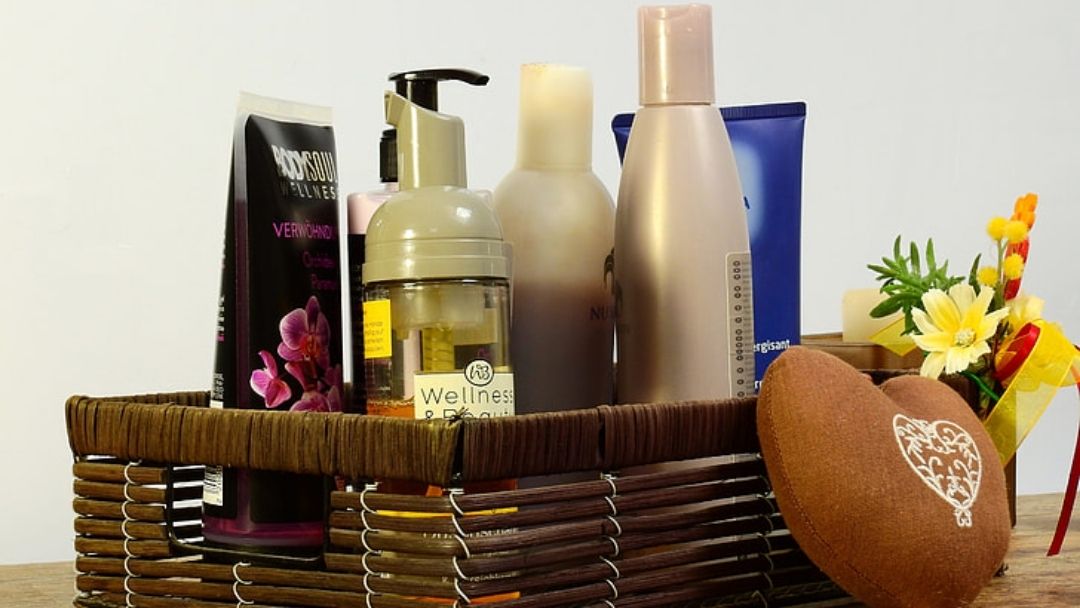
The cosmetic industry produces a significantly large amount of plastic waste. Disposable plastic razors, toothbrushes, synthetic makeup sponges, plastic tubs of creams, cleansers and moisturizers, almost every makeup item is associated with plastic.
Shampoo, deodorants, hair care products and other grooming items also come swathed in plastic. Billions of these used products and their packaging are thrown away without proper disposal techniques, and they keep accumulating in the environment, causing pollution and severe damage to nature.
Several companies are now engaged in finding alternative ways to make their products and packaging eco-friendly and can be easily recycled. If all the companies try to redesign their products to tackle the plastic problem, it will benefit the environment considerably.
Therefore, like every other industry, the darkness of the cosmetic industry lies hidden beneath a curtain of shine, glitter and glamour. If not appropriately addressed, it can lead to another chain of disaster.


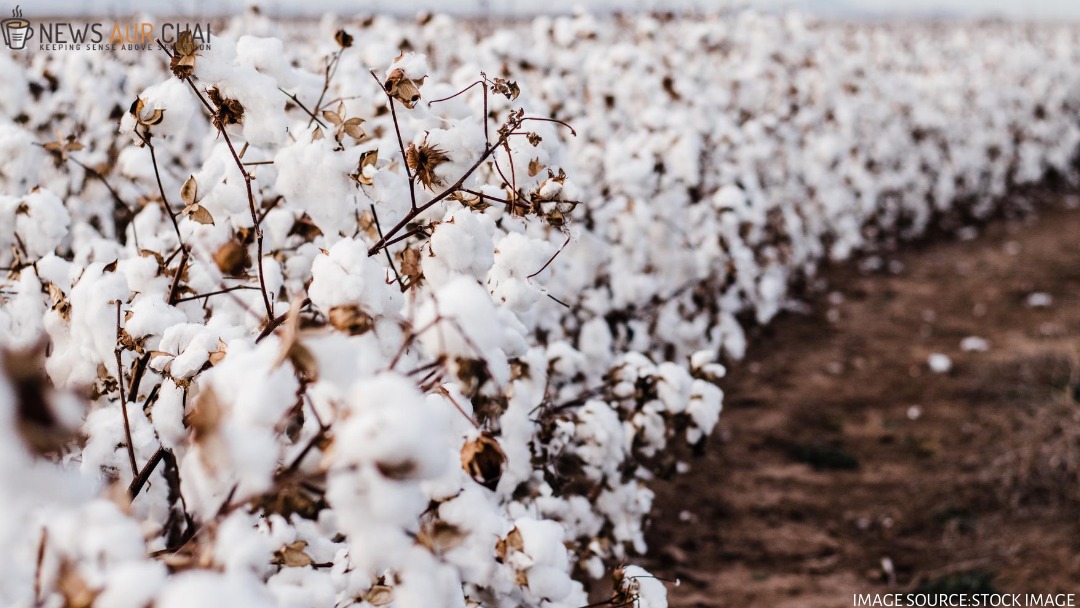
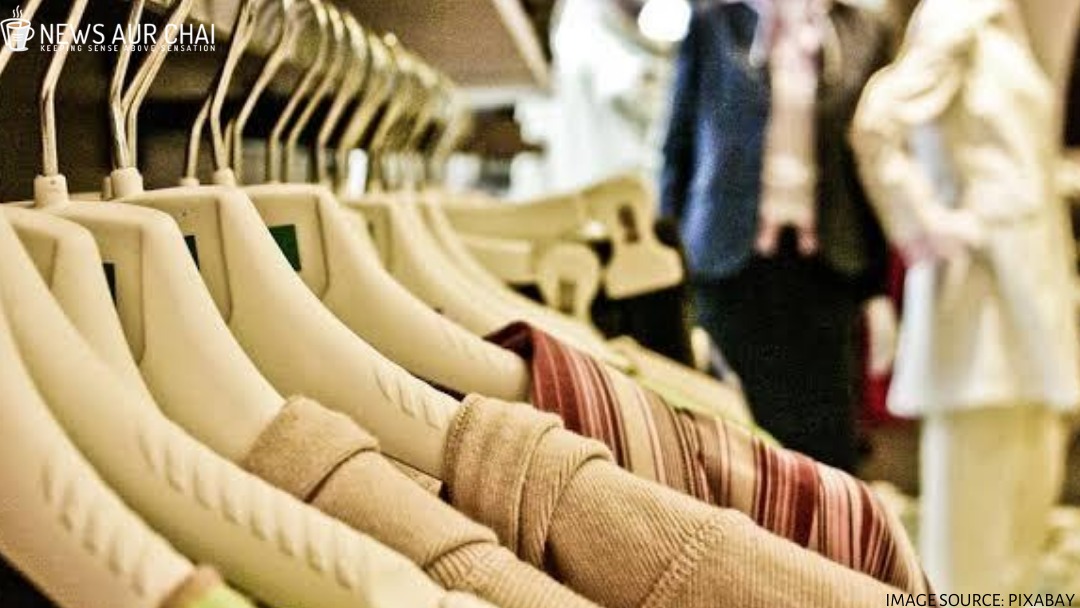
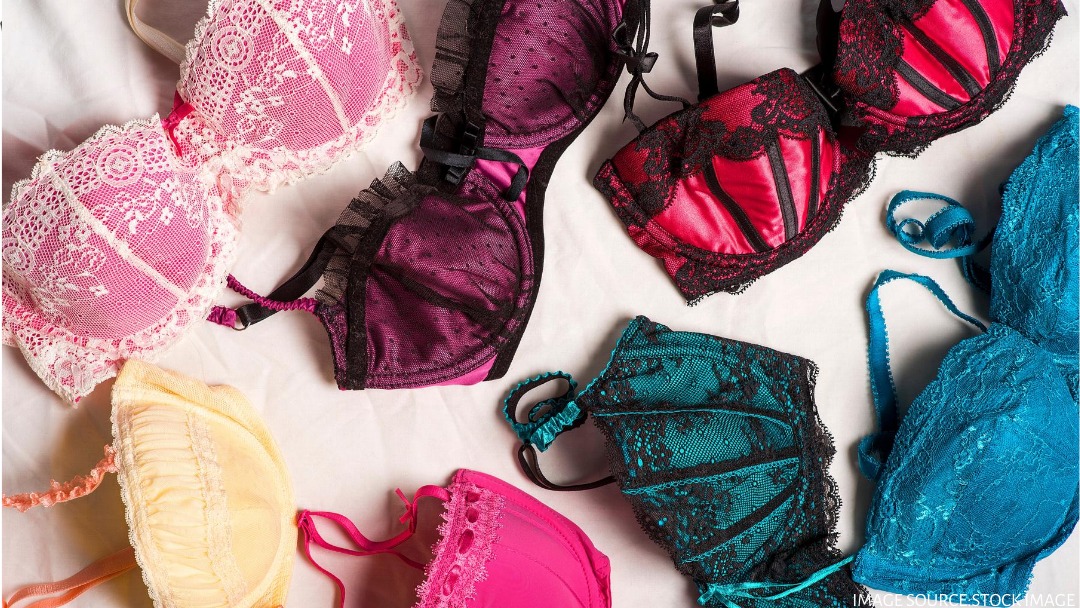

3 Comments